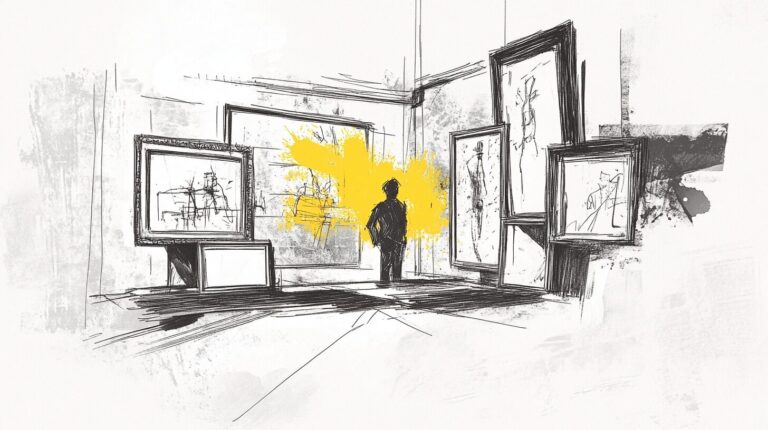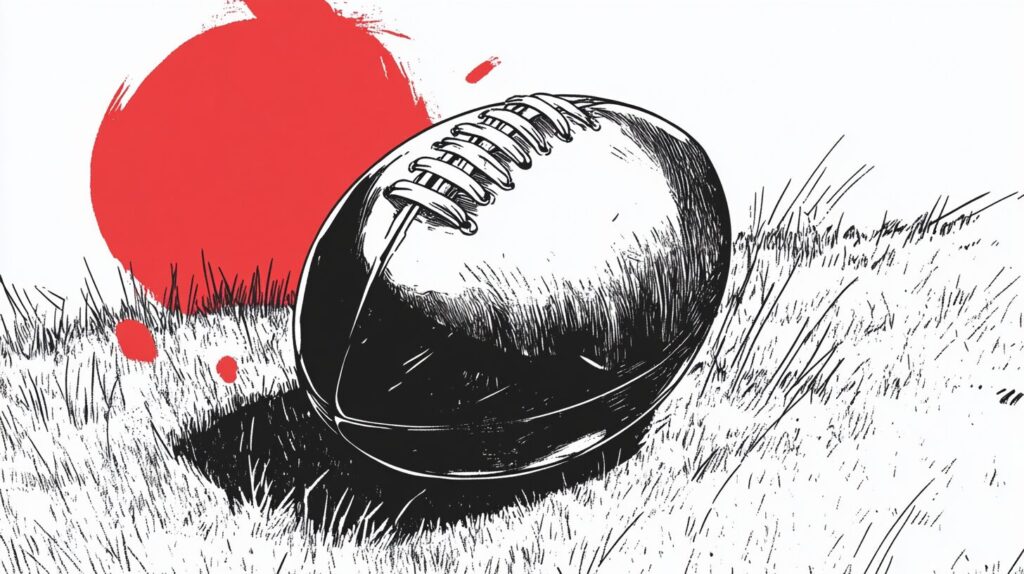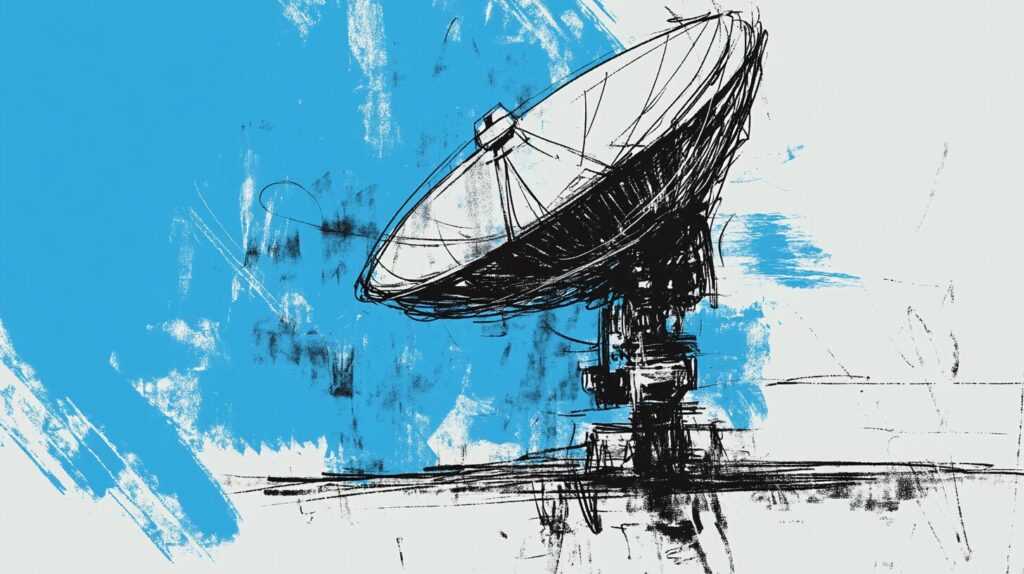Imagine stumbling upon a storage unit filled with forgotten artwork—pieces that, if authentic, could be worth millions. Now, imagine discovering undeniable proof that the materials used in these paintings weren’t even manufactured until years after the artist’s death.
Which piece of information do you trust? The expert testimonials that confirm their legitimacy? Or the cold, hard fact that the timeline doesn’t add up?
The truth is, we don’t always make decisions based on logic or facts. We make them based on stories—the narratives we’ve already accepted, the ones that fit neatly into how we see the world. And once a story takes root, facts often come second.
The Art of Convincing Ourselves
Let’s look at the case of Jean-Michel Basquiat—an artist whose influence on contemporary art is undeniable. A collection of 25 of his “lost” paintings surfaced years after his death, found in a storage unit once owned by a TV writer. Experts, curators, and handwriting analysts swore they were real. But there was one problem: the cardboard backing of these paintings featured a font that didn’t exist until 12 years after Basquiat supposedly painted them.
These “lost” paintings–were actually fakes.
So, what do we do with that information?
For some, the story of the discovery—the forgotten masterpieces, the expert validation, the excitement of a lost treasure—is too powerful to shake. Others, upon learning about the font discrepancy, immediately discard everything else.
The question isn’t just about whether the paintings are real or fake. It’s about how we decide what’s true in the first place.
We Don’t See Facts—We See Anchors
Humans don’t evaluate every piece of new information objectively. Instead, we start with an anchor—the first thing we hear, the story we already believe—and filter everything else through it.
This explains so much of what happens in the world:
- Brand Loyalty: Why do people defend their favorite brands, even when faced with overwhelming evidence of product flaws? Because they’ve already bought into the story—whether it’s Patagonia’s sustainability, Shinola’s made-in-America craftsmanship, or their local bookstore’s curated selection.
- Cultural and Political Beliefs: People rarely change their opinions based on facts alone. Once we’ve committed to a perspective, shifting away from it feels like an attack on our identity.
- The Power of First Impressions: Once someone is framed as “brilliant,” “untrustworthy,” or “a rising star,” every action they take is interpreted through that lens.
The Business of Changing Minds
If you’re a creator, entrepreneur, or marketer, this has massive implications.
Want people to buy into your vision? Give them the right story first.
- Airstream isn’t just a camper—it’s the key to a life of freedom and adventure.
- Lululemon isn’t just activewear—it’s a philosophy of personal betterment.
- MasterClass isn’t just online learning—it’s access to greatness.
The most successful brands, ideas, and movements don’t just sell products. They create a worldview—one that people emotionally invest in before the facts even enter the conversation.
What This Means for You
- Recognize when you’ve already made up your mind. We all have biases. Are you filtering facts through a story that’s comfortable rather than true?
- Frame your work in a way that creates an immediate anchor. The first way someone encounters your brand, your message, or your idea will shape everything that follows.
- Understand that changing someone’s mind isn’t about facts—it’s about giving them a new story. A better, more compelling story than the one they already believe.
The Takeaway: Be the One Who Writes the Story
The world isn’t shaped by facts alone. It’s shaped by who gets to tell the most compelling story.
Are you just presenting information? Or are you crafting a narrative powerful enough to stick?
Because once a story takes hold, it becomes the truth—whether it’s true or not.
If you enjoyed this post, please consider sharing it with someone else–the buttons below can help.
Thank you!




